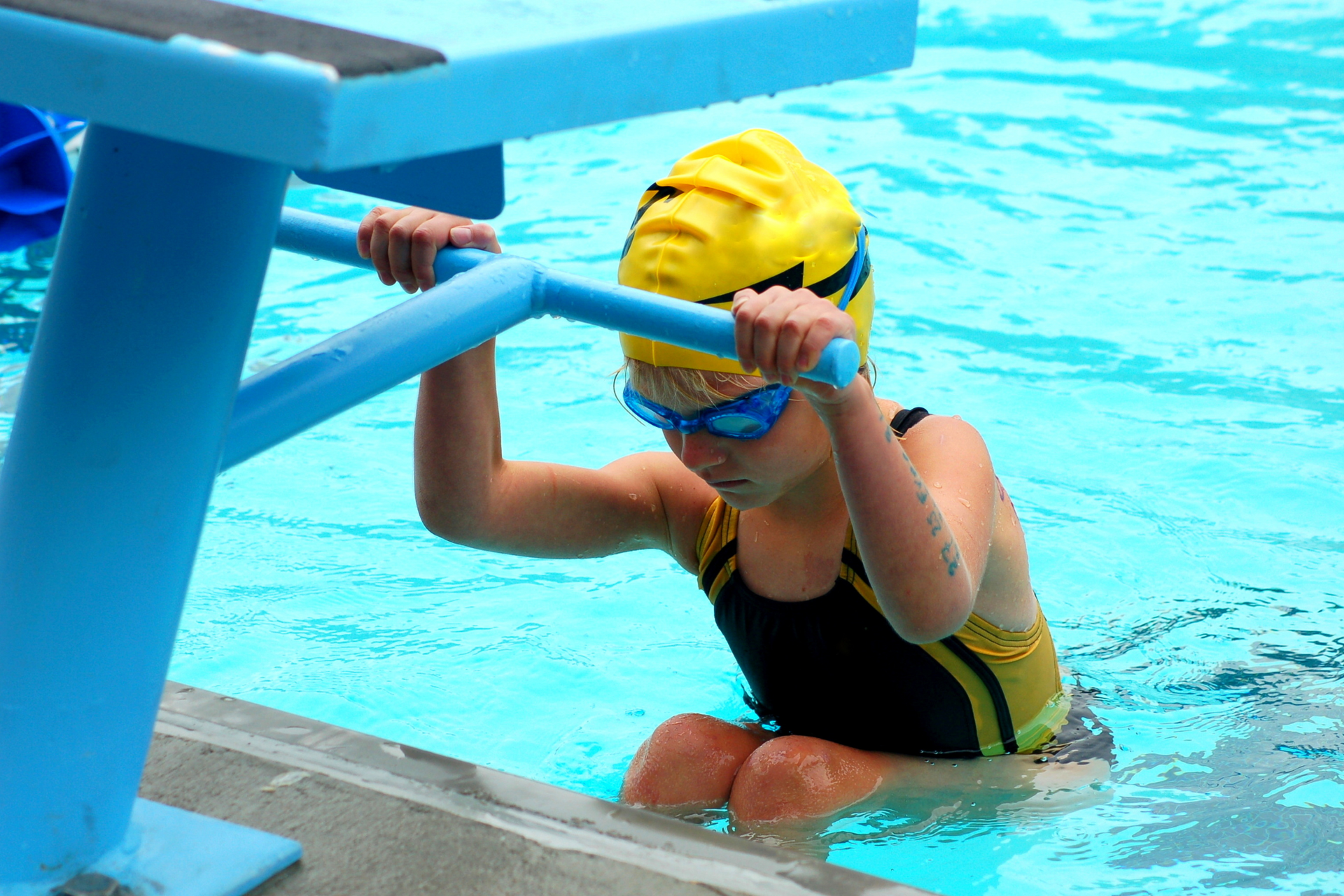Policies & SAFE SPORT
WEST Policies
WEST Organization Handbook - Please utilize this document as your first point of reference when seeking information regarding the WEST programs and policies. We encourage you to discuss any questions or concerns, as well as address any comments, with WEST Management.
WEST Code of Conduct - inclusive and required for ALL WEST Programs and Members
WEST Minor Athlete Abuse Prevention Policy 2.0 (MAAPP) - Updated 10/2024
Safe Sport
USA Swimming is committed to fostering a fun, healthy, and safe environment for all its members, and in 2010, it formally implemented a comprehensive Safe Sport program to respond to and prevent instances of abuse and misconduct within the sport of swimming. Since then USA Swimming Safe Sport has worked tirelessly to educate members, put policies in place, and empower LSCs and clubs to create the best possible environments for all members.
Full implementation of the Safe Sport Program involves six key components:
- Policies and Guidelines
- Screening and Selection
- Training and Education
- Monitoring and Supervision
- Recognizing, Responding, and Reporting
- Grassroots Engagement and Feedback


WEST Mission Statement:
Instilling life lessons and protecting children, through the pursuit of excellence in the sport of swimming.
WEST Vision Statement:
Providing a nurturing, yet demanding environment for athletes to develop into strong and successful adults.
Safe Sport Best Practice Guidelines
The following Best Practice Guidelines are strongly recommended for all USA Swimming members:
- Parents should be encouraged to appropriately support their children’s swimming experience.
- All swimming practices should be open to observation by parents.
- Coaches should not initiate contact with or accept supervisory responsibility for athletes outside club programs and activities.
- When only one athlete and one coach travel to a competition, at the competition the coach and athlete should attempt to establish a “buddy” club to associate with during the competition and when away from the venue.
- Relationships of a peer-to-peer nature with any athletes should be avoided. For example, coaches should avoid sharing their own personal problems with athletes.
- Coaches and other non-athlete adult members should avoid horseplay and roughhousing with athletes.
- When a coach touches an athlete as part of instruction, the coach should do so in direct view of others and inform the athlete of what he/she is doing prior to the initial contact. Touching athletes should be minimized outside the boundaries of what is considered normal instruction. Appropriate interaction would include high fives, fist bumps, side-to-side hugs and handshakes.
- Coaches should avoid having athletes as their favorites. They should also avoid creating a situation that could be perceived as them having favorites.
- Gift-giving, providing special favors or showing favoritism to individual athletes is strongly discouraged.
